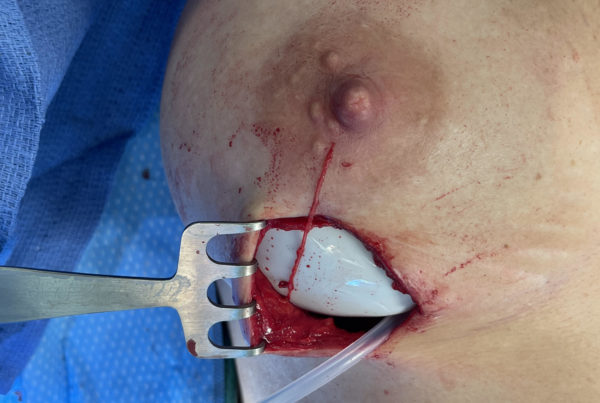I’ve noted that there has been some confusion lately over the roles of nerve blocks, nerve stimulators and nerve decompression in the treatment of chronic headaches. To be sure, there will be variations in how each clinician uses these modalities, if only because each patient presents a unique clinical scenario. While I certainly can’t speak to the ways in which others utilize these modalities, I can offer general guidelines as to how I use them in my practice. Hopefully, this information will also provide some insight into the advantages and disadvantages of each.
To start with the most straightforward, nerve blocks in my hands are used as diagnostic, not treatment tools. If, based upon your history and physical exam it is felt that nerve “X” may be contributing to your chronic headache symptoms, I would propose to block nerve “X”. After a few minutes, if your headache symptoms are either gone or significantly improved, it strongly suggests that this nerve is somehow injured and would benefit from surgical treatment. The local anesthetics used in nerve blocks only last a few hours. Therefore, it is fully expected that the headache symptoms will return after the block wears off. However, the results of the block help identify which nerve or nerves may be involved and give an approximation of the numbness that one might have permanently, if those nerves are transected (e.g. cut). The numbness should not be permanent if the nerves are simply decompressed and then recover as expected.
As for nerve stimulators, let me first begin by saying that I am no expert on this subject nor do I implant stimulators myself. Having said that, the general idea behind the nerve stimulators is to implant leads around a particular nerve that the physician believes is causing symptoms. The leads are then hooked up to a generator that is often implanted under the skin in a distant location. When activated, this generator produces an electrical current between the leads, hopefully affecting the desired nerve. In doing so, the thought is to put the desired nerve “to sleep” so that symptoms are minimized. Think of this modality as a “pacemaker” for your nerves. As you might imagine, placing a permanent nerve stimulator is a surgical procedure, albeit a relatively minor one. If successful, it is presumed that the patient will have this foreign body within them permanently. Moreover, since no foreign body lasts forever (e.g., breast implants, cardiac pacemakers, artificial hip joints, prosthetic heart valves) it is likely that another procedure will be required at some point in the future to address issues that come up such as placing new batteries in the generator or fixing leads that may have migrated. My personal view on nerve stimulators is that they should be used as a last resort for all the reasons mentioned above. So, I am more apt to consider surgical decompression or neurectomy prior to consideration of an implantable, permanent stimulator.
With respect to nerve decompression or neurectomy, the concept is relatively simple. If there is mechanical pressure on a nerve from, for example, a spastic muscle, tight fascia or a compressive blood vessel, these structures are removed and the pressure on the nerve eliminated. During the operation, the nerves themselves are examined very closely under high-powered loupe magnification. If the nerves themselves are deemed to be too injured and therefore unlikely to recover (resulting in persistent pain) then a decision can be made to excise the nerve and implant the proximal nerve end into the local muscle to prevent future neuroma formation. While no treatment modality is perfect, the published results with nerve decompression and/or neurectomy are quite good, the rates of complications very low and the complications themselves are very well tolerated if they occur. Therefore, putting this information all together, I use diagnostic nerve blocks quite often to decide who is a surgical candidate. A personalized decision is made in each case as to which nerves to treat and whether or not nerve decompression or neurectomy is recommended. I overwhelmingly do the former as I’ve found that nerves often recover even in cases when patients don’t think they will and it always leaves me with a fallback option (not taken or stated lightly) of another procedure to excise the nerve(s). When all else fails, a nerve stimulator trial can be performed and if successful, a permanent stimulator could be placed.





